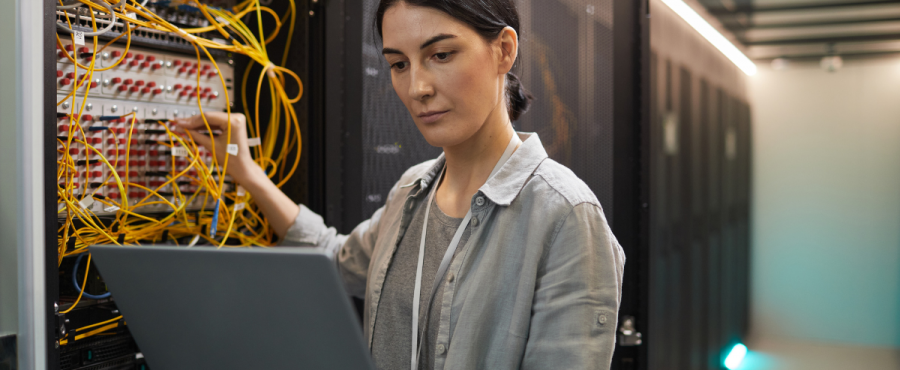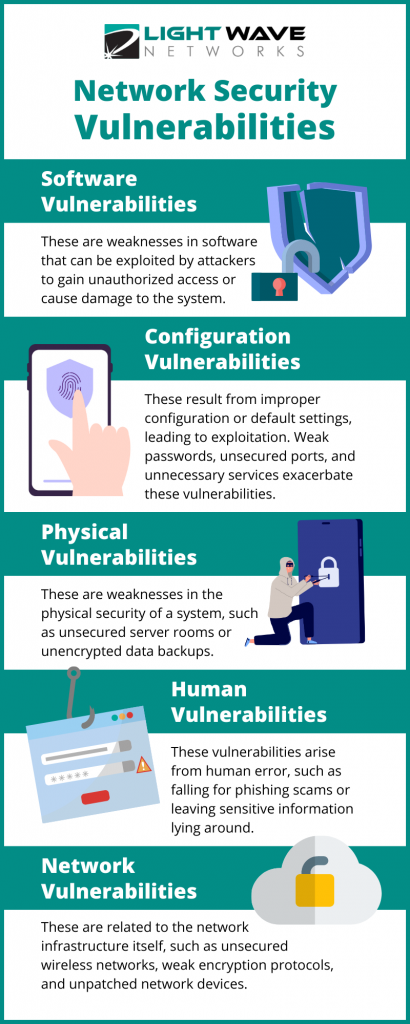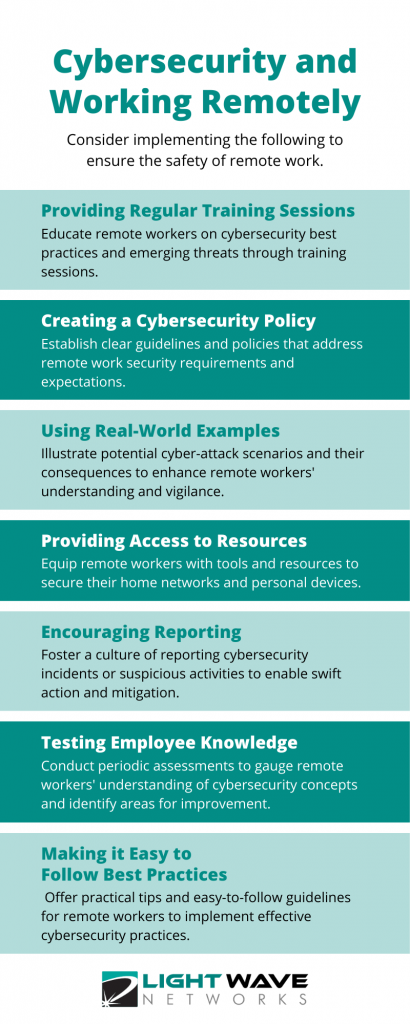About Small Business IT Services
Like other businesses of any size, having a small business requires that you keep a tab on the IT infrastructure of the business. In the context of a hyper-converged data center, “IT infrastructure” means the collection of hardware, software, networks, and services that support an organization’s information technology operations. It includes all the physical and virtual components that enable the delivery of IT services and applications to users.
In today’s economy, any business will use the internet to conduct most of its business processes. This means that small business owners will need to use secure IT services so that they could effectively manage the business processes they need to run a successful business. In the following article, our backup and disaster recovery business will explain more about small business IT services as outlined by our experts.
Read MoreWhat Is Disaster Recovery as a Service?
Disaster recovery in IT is the process of restoring systems and data to a functional state after a disruptive event, such as a natural disaster, cyberattack, or hardware failure. It involves planning, implementing, and testing procedures that ensure business continuity and minimize downtime. Disaster recovery plans typically include backup and recovery strategies, redundancy and failover mechanisms, and remote replication of data and systems. An effective disaster recovery plan is essential for businesses to minimize the impact of disruptive events on their operations and reputation. So, what is disaster recovery as a service? Our hyper-converged data center takes a closer look in the following article. Continue reading for more information.
Read MoreAbout Network Vulnerability
Network vulnerability is a weakness or flaw in a computer network system that can be exploited by an attacker to gain access to sensitive data or information. There are many vulnerabilities that a business should be aware of. These exist in the hardware, software, and configurations of the internet systems. Having a vulnerable network could lead to many complications for businesses that want to protect their information from cybercriminals. The consequences of data infiltration on a business could be drastic, which is why our backup and disaster recovery business is here to detail more about the subject in the following article. Continue reading below to learn more.
Types of Vulnerabilities in Network Security
Since businesses and their networks are quite complex, there are many different kinds of vulnerabilities that they should understand. As an experienced hyper-converged data center, LightWave Networks is here to help you understand what the different kinds of vulnerabilities are. Some of the most common include the following:
- Software vulnerabilities: These are weaknesses in software that can be exploited by attackers to gain unauthorized access or cause damage to the system.
- Configuration vulnerabilities: These occur when a system is not properly configured or is using default settings, leaving it open to exploitation. This is most commonly reflected in weak passwords, unsecured ports, and unnecessary services running on the system.
- Physical vulnerabilities: These are weaknesses in the physical security of a system, such as unsecured server rooms or unencrypted data backups.
- Human vulnerabilities: These vulnerabilities arise from human error, such as falling for phishing scams or leaving sensitive information lying around.
- Network vulnerabilities: These vulnerabilities are related to the network infrastructure itself, such as unsecured wireless networks, weak encryption protocols, and unpatched network devices.
More About Network Security Threats and Vulnerability
Perhaps the most important kind of network vulnerability concerns that our New Jersey cloud hosting business notices that businesses have to face has to do with their network infrastructure. This is because most of a business’s data and information is stored on these networks, including their customers’ information in some cases. Network security helps protect this information from unauthorized access, theft, and misuse. Also, a data breach or cyber attack can erode customer trust and damage a company’s reputation. Network security helps maintain customer trust by protecting sensitive information and preventing data breaches.
More About LightWave Networks
LightWave Networks is a colocation data center located in many locations across the United States that are dedicated to helping our customers with everything that has to do with data management and security. This includes Dallas VPS servers, Dallas cloud hosting, and New Jersey dedicated servers, among many others. Contact us today to learn more about colocation hosting pricing or about more vulnerabilities in network security.
Related Readings
About Remote Work Security
Over the past few years, many businesses have been increasingly embracing remote work as a way to provide employees with greater flexibility and improve productivity. However, the COVID-19 pandemic accelerated this trend as many businesses were forced to shift to remote work to comply with social distancing guidelines. Now, remote work has become more popular than ever before, with many businesses planning to continue offering remote work options even after the pandemic ends. Remote work has also opened up opportunities for businesses to tap into a global talent pool and reduce overhead costs associated with physical office space. However, remote work is not without its own challenges. One of the most important challenges for businesses that offer remote work is questions relating to cybersecurity and how to implement this with new employees. In the following article, our hyper-converged data center will explore what remote work security in the age of remote work means.
Remote Work and Cybersecurity
As more workers transition to remote jobs, they use more of the resources they have at home to conduct their jobs. For example, home networks and personal devices may not have the same level of security as their counterparts in the corporate world. This is detrimental to remote work security and makes them more vulnerable to cyber-attacks and other cybersecurity threats. Further, remote workers also tend to use cloud-based applications and services, which can expose sensitive company data to new risks. It is much easier to threaten a business through its remote workers and their technology rather than a business’s systems that are more prepared to handle cybersecurity threats. This challenge is the heart of the dilemma between remote work and cybersecurity.
Cybersecurity and Working Remotely: What to Understand
To make sure that businesses that utilize remote work understand how to make this kind of employment agreement as safe as possible, it is important to understand that remote workers need to be trained in cybersecurity and how to apply important concepts to their everyday work life. Our New Jersey dedicated server provider would like to point out that this means implementing the following:
- Providing regular training sessions
- Creating a cybersecurity policy
- Using real-world examples
- Providing access to resources
- Encouraging reporting
- Testing employee knowledge
- Making it easy to follow best practices
As a dedicated backup and disaster recovery business, we would recommend using professional services to handle your business’s online and network security. Since we specialize in this, it would be beneficial for businesses to rely on the experience of a Dallas cloud hosting and colocation business. Like other outsourced services, having the expert eye of a business that understands the ins and outs of cybersecurity helps greatly with what your business is looking for, allowing you to focus on what is more productive for your business than its cybersecurity.
More About LightWave Networks
LightWave Networks is a data center management and colocation business that is here to make sure that our clients receive the best care and attention when it comes to their data management and colocation needs. When it comes to working from home security and overall business security, LightWave Networks and our New Jersey cloud hosting professionals are some of the best in the business. Contact us today to learn more about colocation hosting pricing and the rest of what our experts could offer you with our Dallas VPS servers and more about remote work security.







